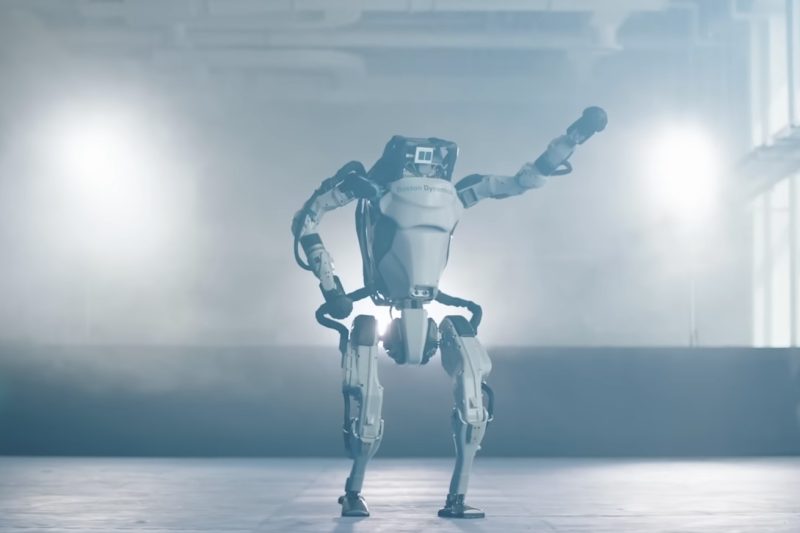
Evolution of the Boston Dynamics Atlas Robot: A Decade of Innovation from 2013 to 2024
Boston Dynamics’ Atlas Robot: A Remarkable Journey from 2013 to 2024
The inception of the Boston Dynamics’ Atlas robot in 2013 marked a significant milestone in the realm of robotics. As a bipedal humanoid robot, Atlas was designed to navigate rough terrain, lift and maneuver objects, and accomplish a variety of tasks in its environment. Over the years, the development and evolution of the Atlas robot have been nothing short of phenomenal.
In its early days, the Atlas robot showcased impressive capabilities, such as walking on uneven terrain, executing simple tasks, and displaying a level of agility that was unprecedented in the field of robotics. However, as the years passed, Boston Dynamics continued to push the boundaries of what Atlas could achieve, leading to remarkable advancements in its design and functionality.
One of the key developments in the evolution of the Atlas robot was its improved dexterity and manipulation capabilities. By incorporating advanced sensors and actuators, Boston Dynamics was able to enhance Atlas’s ability to interact with its surroundings, grasp objects with precision, and perform intricate tasks with ease. This newfound dexterity opened up a world of possibilities for Atlas, allowing it to assist in a wide range of applications, from manufacturing and logistics to disaster response and healthcare.
Another significant aspect of Atlas’s evolution was its enhanced mobility and agility. Through ongoing research and development efforts, Boston Dynamics made substantial improvements to Atlas’s locomotion system, enabling it to move more fluidly, navigate complex environments with greater ease, and even perform acrobatic feats that were once thought to be impossible for a robot of its size and stature. These advancements not only expanded Atlas’s range of capabilities but also paved the way for new applications in fields such as search and rescue, exploration, and entertainment.
Furthermore, the integration of artificial intelligence and machine learning algorithms into the Atlas robot played a crucial role in its evolution. By leveraging the power of AI, Boston Dynamics was able to enhance Atlas’s decision-making abilities, adaptability, and overall performance. This enabled Atlas to learn from its experiences, optimize its actions based on feedback, and continuously improve its skills over time, making it a more effective and versatile robotic platform.
Looking ahead to the future, the potential for the Atlas robot seems boundless. With ongoing advancements in robotics technology, AI, and human-robot interaction, Atlas is poised to revolutionize various industries and redefine the way we perceive and interact with robots. Whether it’s assisting in disaster response efforts, performing complex tasks in hazardous environments, or even collaborating with humans in everyday settings, Atlas holds the promise of a more efficient, productive, and interconnected future.
In conclusion, the journey of the Boston Dynamics’ Atlas robot from its inception in 2013 to its current state in 2024 is a testament to the remarkable progress and innovation that the field of robotics has witnessed in recent years. Through continuous research, development, and collaboration, Boston Dynamics has transformed Atlas from a groundbreaking concept into a highly advanced and versatile robotic platform with the potential to revolutionize numerous industries and improve human lives. As we look forward to the future, it is clear that the Atlas robot will continue to push the boundaries of what is possible and inspire new generations of engineers, researchers, and innovators to explore the endless possibilities of robotics.
